Home>Interior Design>What Are The Best Dark Colors For Small Rooms? Expert Tips
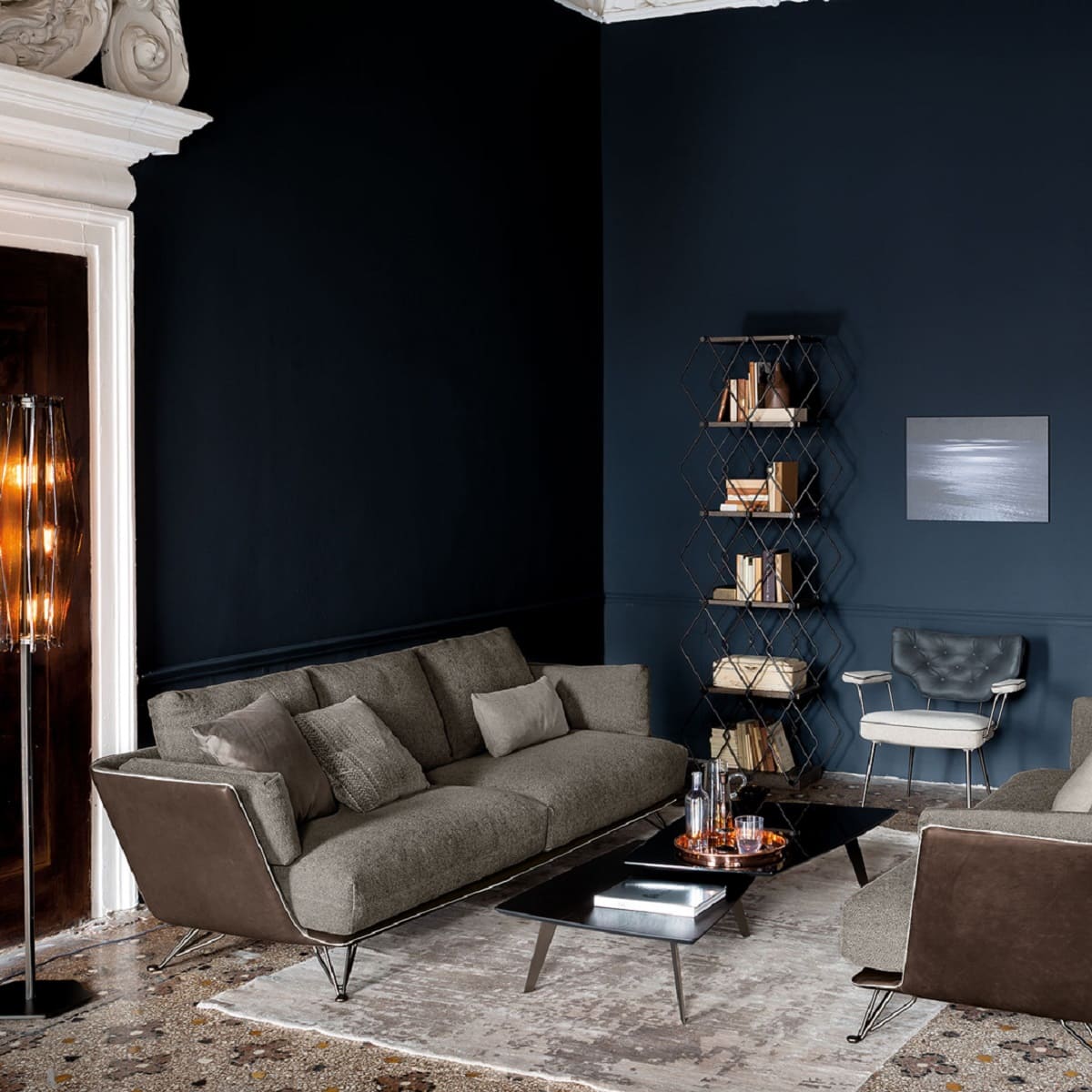

Interior Design
What Are The Best Dark Colors For Small Rooms? Expert Tips
Modified: August 24, 2024
Learn expert tips on interior design for small rooms and discover the best dark colors to create a cozy and stylish space.
(Many of the links in this article redirect to a specific reviewed product. Your purchase of these products through affiliate links helps to generate commission for Storables.com, at no extra cost. Learn more)
Introduction
When it comes to interior design, choosing the right colors can have a significant impact on the overall aesthetic and atmosphere of a room. While many people tend to opt for light and neutral tones in small spaces to create a sense of openness, using dark colors can actually be a bold and transformative choice.
Contrary to popular belief, dark colors can add depth, drama, and sophistication to a small room. They have the power to create a cozy and intimate atmosphere, making the space feel warm and inviting. However, it’s important to choose the right dark colors and employ certain techniques to avoid overwhelming the room and making it feel even smaller.
In this article, we will dive deep into the world of interior design and explore the best dark colors for small rooms. Whether you want to create a moody bedroom, a sleek and modern living room, or a luxurious study, we have expert tips and insights to help you make the most of dark colors in your small space.
From determining the impact of dark colors on small rooms to choosing the perfect shade and combining them with light and neutral tones, we will cover everything you need to know to create a visually stunning and harmonious space. So, let’s delve into the world of interior design and discover the transformative power of dark colors in small rooms.
Key Takeaways:
- Embrace the transformative power of dark colors in small rooms by understanding their impact, considering factors like natural light and room size, and following expert tips to create a visually stunning and harmonious space.
- Avoid common mistakes when using dark colors in small rooms by balancing dark and light tones, incorporating reflective surfaces, and creating illusions of space to make the room feel open, cozy, and balanced.
Understanding the Impact of Dark Colors in Small Rooms
Before diving into the selection of dark colors for small rooms, it’s crucial to understand their impact on the overall visual perception and atmosphere of the space.
Dark colors have the tendency to absorb light, which can make a room appear smaller and potentially more confined. However, when used strategically, dark colors can create an illusion of depth and add a sense of coziness to small spaces.
One of the primary benefits of using dark colors in small rooms is the ability to create a dramatic and sophisticated ambiance. Deep hues such as navy blue, emerald green, or charcoal gray can instantly elevate the style quotient of a room and give it a luxurious feel.
Additionally, dark colors can also help to camouflage imperfections or awkward architectural features that may exist in small rooms. By drawing attention away from these aspects, dark colors can divert the focus towards the overall design and create a visually pleasing space.
However, it’s important to exercise caution when working with dark colors in small rooms. Using them excessively or in the wrong proportions can make the space feel gloomy and oppressive. It’s crucial to strike a balance between the dark colors and other elements in the room to create a harmonious and visually balanced effect.
In the next section, we will discuss the factors to consider when choosing dark colors for small rooms. By keeping these considerations in mind, you can make informed decisions that will positively impact the overall design and atmosphere of your space.
Factors to Consider when Choosing Dark Colors for Small Rooms
Choosing the right dark colors for small rooms requires careful consideration of several factors to ensure a balanced and visually appealing space. Here are some important factors to keep in mind:
1. Natural Light:
The amount of natural light in the room is crucial when working with dark colors. If the room receives ample natural light, it can help to counterbalance the heaviness of dark colors and prevent the space from feeling too closed off. On the other hand, if the room lacks natural light, it’s advisable to choose lighter shades of dark colors or opt for accents and accessories in darker tones to avoid overwhelming the space.
2. Size and Shape of the Room:
The size and shape of the room play a vital role in determining the appropriate dark colors to use. In general, lighter shades of dark colors, such as soft grays or muted blues, work well in small square or rectangular rooms, as they can help create a sense of depth without making the space feel cramped. In contrast, larger and elongated rooms can handle bolder and deeper shades of dark colors, such as rich burgundy or deep hunter green.
Read more: What Colors To Paint A Small Living Room
3. Function and Mood:
Consider the function and desired mood of the room when selecting dark colors. For example, if you want to create a relaxing and serene atmosphere in a bedroom, cool undertones such as indigo or deep purple can work well. In contrast, warmer and Earthy tones like chocolate brown or burnt sienna can lend a cozy and inviting feel to living rooms or reading nooks.
4. Existing Décor and Furnishings:
Take into account the existing décor and furnishings in the room when choosing dark colors. Consider whether the color scheme complements or clashes with the furniture, flooring, and other elements in the space. It’s always a good idea to create a color palette or mood board to ensure coherence and harmony between the dark colors and the rest of the room’s design.
By considering these factors, you can make informed decisions when selecting dark colors for your small room. In the next section, we will delve into expert tips for choosing the best dark colors for small rooms, helping you create a stunning and visually balanced space.
Expert Tips for Choosing the Best Dark Colors for Small Rooms
When it comes to choosing the best dark colors for small rooms, there are several expert tips to keep in mind to ensure a successful and visually appealing outcome. Here are some top tips:
1. Consider the Undertones:
Dark colors often have underlying undertones, such as cool blues or warm reds. Consider the undertones of the dark colors you’re considering and how they will interact with other elements in the room. This will help ensure the overall color palette remains cohesive and harmonious.
2. Test Swatches:
Before committing to a specific dark color, it’s essential to test swatches on the walls of the room. Lighting conditions can significantly influence how a color appears, so observing samples at various times of the day will give you a better understanding of how the color will look in the space.
3. Opt for Matte Finishes:
Choosing matte finishes for dark color paints can help minimize the appearance of imperfections and texture on the walls. Matte finishes also contribute to a more velvety and sophisticated look, enhancing the overall depth and richness of the dark colors.
4. Use Accent Colors:
To prevent the room from feeling too heavy or visually overwhelming, incorporate lighter accent colors into the space. This can be done through accessories, furniture, or even an accent wall. Lighter hues will provide contrast and create balance while still allowing the dark colors to take center stage.
5. Create Contrast:
Introduce contrasting elements such as white trim, light-colored furniture, or pops of vibrant color to add visual interest and prevent the room from appearing monotonous. The contrast will create a dynamic and visually pleasing balance between light and dark tones.
6. Consider the Ceiling:
While it’s common to paint ceilings in white or neutral colors, consider extending the dark color of the walls onto the ceiling to create a cohesive and enveloping effect. This can create an intimate and cozy ambiance, especially in rooms with lower ceilings.
By following these expert tips, you’ll be well-equipped to choose the best dark colors for your small room. In the next section, we’ll explore some popular dark colors that work particularly well in small spaces, giving you plenty of inspiration to get started.
Popular Dark Colors for Small Rooms
When it comes to choosing dark colors for small rooms, there is no shortage of options to suit various styles and preferences. Here are some popular dark colors that have proven to be highly effective in small spaces:
1. Charcoal Gray:
Charcoal gray is a versatile and timeless dark color that works well in small rooms. It adds depth and sophistication while still maintaining a sense of neutrality. Whether used as a wall color or in furniture and accessories, charcoal gray creates a sleek and modern look.
2. Navy Blue:
Navy blue is a rich and classic dark color that adds a sense of elegance and depth to small rooms. It can be used as an accent color or as the main wall color, depending on the desired effect. Navy blue pairs exceptionally well with crisp white trim and gold or brass accents for a touch of glamour.
3. Forest Green:
Forest green brings a touch of nature and tranquility to small rooms. It works particularly well in rooms with abundant natural light, as it creates a calming and earthy atmosphere. Forest green pairs beautifully with wood accents and neutral tones, adding a sense of lushness and depth to the space.
4. Burgundy:
Burgundy is a rich and deep red color that adds warmth, drama, and sophistication to small rooms. It creates a cozy and intimate atmosphere, making it an excellent choice for bedrooms or living rooms. Pair burgundy with light-colored furniture and accessories to create a striking contrast and balance.
5. Eggplant Purple:
Eggplant purple is a bold and dramatic dark color that adds a sense of luxury and opulence to small rooms. It works well in spaces where you want to make a statement, such as dining rooms or home offices. Pair eggplant purple with metallic accents or lighter shades of purple for a harmonious and visually stunning look.
6. Chocolate Brown:
Chocolate brown is a warm and cozy dark color that creates a homely and inviting atmosphere in small rooms. It works well in various styles, from traditional to contemporary. Pair chocolate brown with lighter shades of beige or cream for a sophisticated and timeless color scheme.
These are just a few examples of popular dark colors that can work wonders in small rooms. Remember to consider the other elements in your space and choose a color that complements them seamlessly, creating a visually balanced and cohesive look.
In the next section, we will explore how to combine dark colors with light and neutral tones to create stunning contrasts and visual interest in small rooms.
Combining Dark Colors with Light and Neutral Tones
Combining dark colors with light and neutral tones is a key design technique that can create a visually stunning and balanced aesthetic in small rooms. By incorporating these contrasting elements, you can enhance the depth and richness of the dark colors while providing visual relief and creating a sense of spaciousness. Here are some tips on how to effectively combine dark colors with light and neutral tones:
1. Create a Feature Wall:
Painting one wall in a dark color and leaving the remaining walls light or neutral can create a focal point and add visual interest to the room. This technique works particularly well in bedrooms, living rooms, or dining areas, drawing attention to a specific area while keeping the overall space feeling open and airy.
2. Contrast with White Trim:
Using white trim or molding against dark-colored walls helps create a clear boundary and adds a crisp and clean element to the room. The contrast between the dark walls and the white trim creates visual interest and highlights the architectural details of the space.
3. Incorporate Light-Colored Furniture and Accessories:
Balance the darkness of the walls by incorporating light-colored furniture and accessories. Light-colored upholstery, rugs, curtains, and artwork can help create a visual contrast and prevent the room from feeling too heavy. These lighter elements will also reflect more light, making the space feel brighter and more open.
Read more: What Colors Make A Small Room Look Bigger?
4. Use Natural and Artificial Lighting:
Lighting is crucial when combining dark colors with light and neutral tones. Maximize natural lighting by using sheer or lightweight curtains to allow sunlight to fill the room. Additionally, incorporate a combination of ambient, task, and accent lighting to create a layered and inviting atmosphere.
5. Employ Textures and Patterns:
Add depth and visual interest by incorporating different textures and patterns into the room. Textured wallpaper, patterned upholstery, or decorative pillows can balance the contrast between dark and light colors. This combination adds dimension and personality to the space.
Remember, the goal is to create a harmonious balance between the dark colors and the light and neutral tones. Experiment with different combinations and layering techniques until you achieve the desired effect. In the next section, we will explore how to use dark colors to create illusions of space and maximize the potential of small rooms.
Creating Illusions of Space with Dark Colors in Small Rooms
Contrary to popular belief, dark colors can actually be used to create the illusion of more space in small rooms. With the right techniques, you can make your small room appear larger, more open, and even more inviting. Here are some strategies for using dark colors to create illusions of space:
1. Use Vertical Stripes:
Vertical stripes, whether through wallpaper, paint techniques, or wall panels, can draw the eye upwards and make the walls appear taller. Dark-colored vertical stripes in particular can create a sense of height in the room, giving an illusion of more vertical space.
2. Extend Dark Colors to Ceilings:
Painting the ceiling in a dark color that matches or complements the walls can create a seamless flow of color, eliminating the visual boundaries between the walls and ceiling. This creates a sense of continuity and can make the room feel more expansive vertically.
3. Utilize Mirrors:
Strategically placing mirrors in a small room can reflect light and create the illusion of depth. Place a large mirror on a wall opposite a window to maximize the reflection of natural light, instantly making the room appear larger and brighter.
4. Opt for Glossy Finishes:
Glossy finishes, such as high-gloss paint or lacquered furniture, can reflect light and make the room appear more spacious. The reflective surfaces bounce light around the room, creating a sense of airiness and enlarging the visual perception of space.
5. Use Lighter Shades on Larger Surfaces:
While using dark colors on the walls can add depth and drama, consider using lighter shades on larger surfaces such as the floor or area rugs. The contrast between the dark walls and lighter flooring can create a sense of balance and make the room appear more open and spacious.
Read more: What Is The Best Color For Living Room
6. Minimize Clutter:
A cluttered room can feel even smaller and more cramped. Be mindful of keeping the space tidy and organized, as minimal clutter allows the eye to move freely around the room without feeling overwhelmed. This creates a sense of openness and helps maximize the perception of space.
By implementing these techniques, you can create the illusion of more space and make your small room feel larger and more inviting. Experiment with different strategies to find the ones that work best for your specific room and design preferences.
In the next section, we’ll discuss some common mistakes to avoid when using dark colors in small rooms, helping you achieve the best possible result.
Avoiding Common Mistakes when Using Dark Colors in Small Rooms
While using dark colors in small rooms can be a great design choice, it’s important to avoid some common mistakes that can make the space feel cramped or overwhelming. Here are some key mistakes to avoid:
1. Using Dark Colors on all Walls:
Using dark colors on all walls can make a small room feel cave-like and claustrophobic. Instead, consider using dark colors on one or two feature walls and leaving the remaining walls lighter or neutral. This creates contrast and balance in the space.
2. Neglecting Lighting:
Dark colors absorb light, so it’s essential to incorporate ample lighting in the room. Avoid relying solely on overhead lighting, which can cast shadows. Instead, incorporate a combination of ambient, task, and accent lighting to create a well-lit and inviting atmosphere.
3. Overusing Dark Colored Furniture:
While dark-colored furniture can add depth and richness to a room, using too much of it can make the space feel heavy and cramped. Balance the dark furniture with lighter or neutral-toned pieces to create a sense of contrast and prevent the room from feeling overly dark or overwhelming.
4. Neglecting the Importance of Scale:
Choosing large-scale dark patterns or furniture in a small room can make the space feel crowded and suffocating. Opt for smaller-scale patterns and furniture that are proportionate to the size of the room. This will help maintain a sense of balance and prevent the space from feeling overwhelmed.
5. Ignoring the Color Flow:
Consider how the color of one room flows into the next. If you have multiple small rooms in close proximity, ensure that the dark colors used in each room complement each other harmoniously. This will create a cohesive flow throughout the space and prevent it from feeling disjointed.
6. Neglecting the Power of Contrast:
Contrast is a powerful tool when working with dark colors. Don’t be afraid to incorporate pops of lighter or vibrant colors to create contrast and visual interest. This can be done through accessories, artwork, or statement pieces of furniture. The contrast will help add depth and prevent the room from feeling flat or monotonous.
By avoiding these common mistakes, you can use dark colors to enhance your small room without overwhelming the space. Remember to carefully consider the balance between dark and light elements, scale, and lighting to achieve the desired effect.
Let’s wrap up this article in the next section.
Conclusion
Choosing the best dark colors for small rooms can be a transformative and exciting process in interior design. By understanding the impact of dark colors, considering factors such as natural light and room size, and following expert tips, you can create a visually stunning and harmonious space.
When using dark colors in small rooms, it’s important to strike a balance between the dark shades and lighter or neutral tones. This can be achieved through techniques such as creating feature walls, incorporating light-colored furniture, and using reflective surfaces.
< p>Avoiding common mistakes such as overusing dark colors on all walls, neglecting lighting, and ignoring the importance of scale will help you make the most of the dark colors in your small room. By creating illusions of space and maximizing the potential of the room, you can create an inviting and visually appealing environment.
Remember, the ultimate goal is to create a space that reflects your personal style and meets your functional needs, while also making the room feel open, cozy, and balanced. So, be creative, experiment, and have fun exploring the world of dark colors in small rooms.
With the insights and tips provided in this article, you are well-equipped to embark on your journey of incorporating dark colors into your small rooms. Embrace the versatility and drama that dark colors can bring, and create a space that is uniquely you.
Frequently Asked Questions about What Are The Best Dark Colors For Small Rooms? Expert Tips
Was this page helpful?
At Storables.com, we guarantee accurate and reliable information. Our content, validated by Expert Board Contributors, is crafted following stringent Editorial Policies. We're committed to providing you with well-researched, expert-backed insights for all your informational needs.
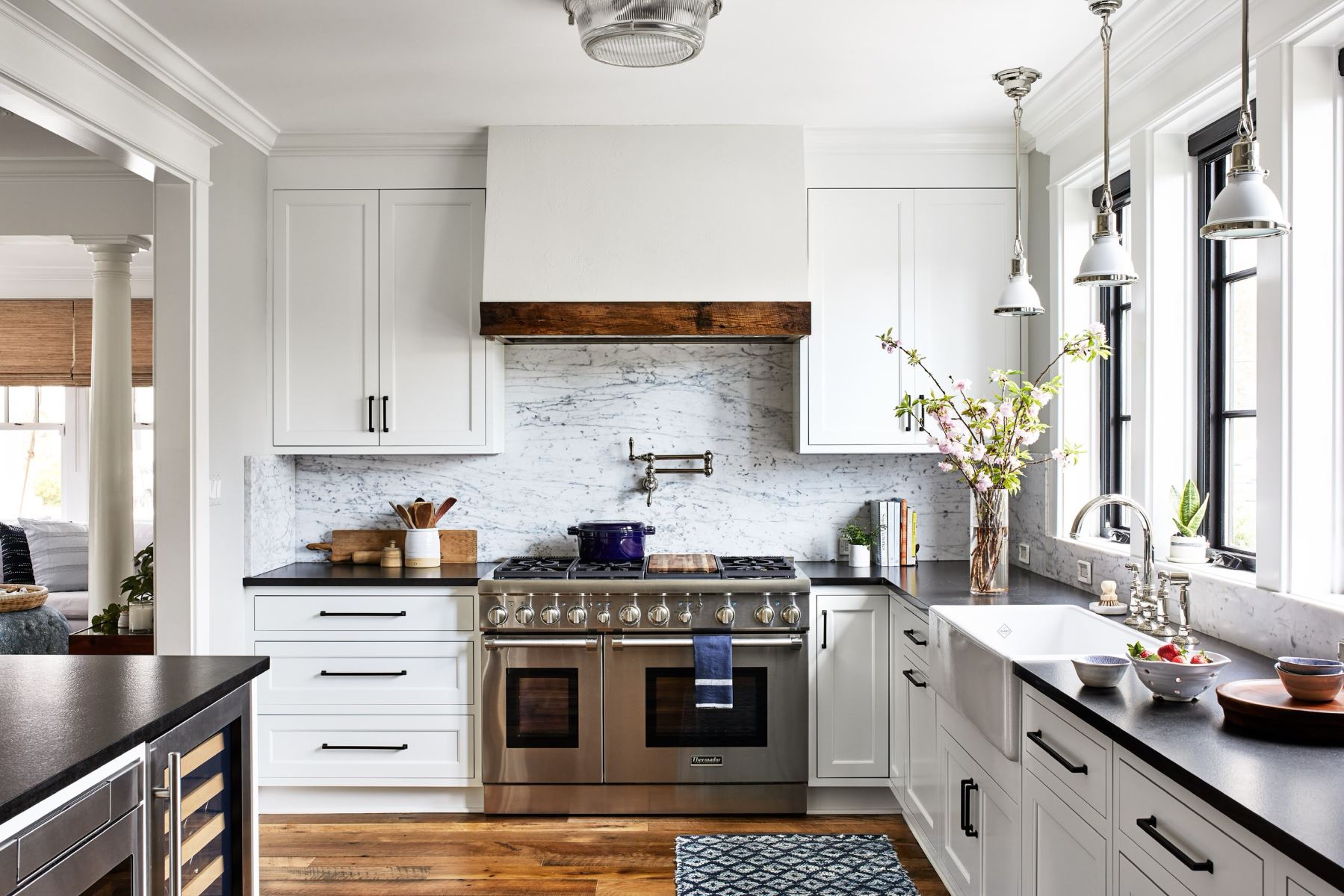
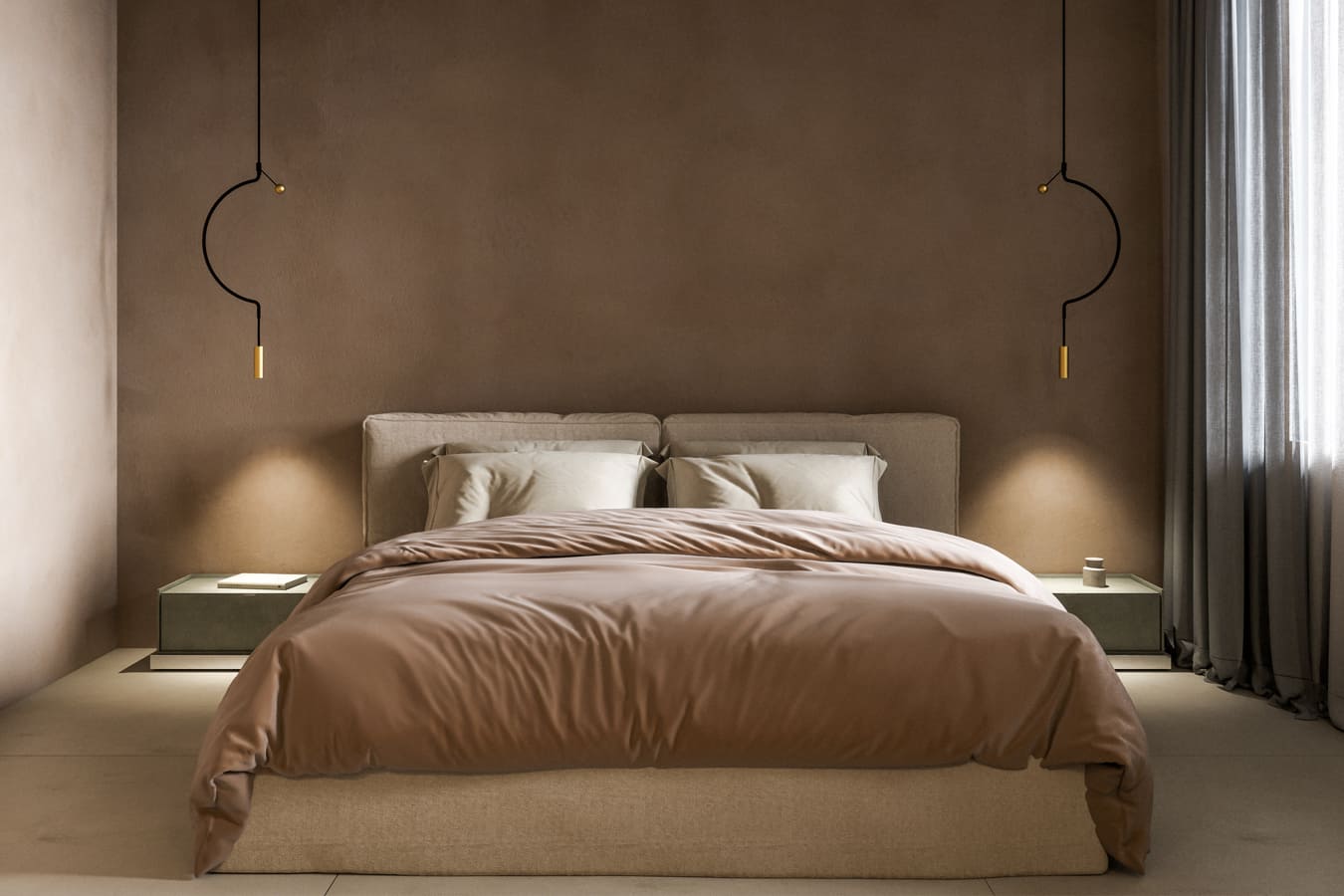
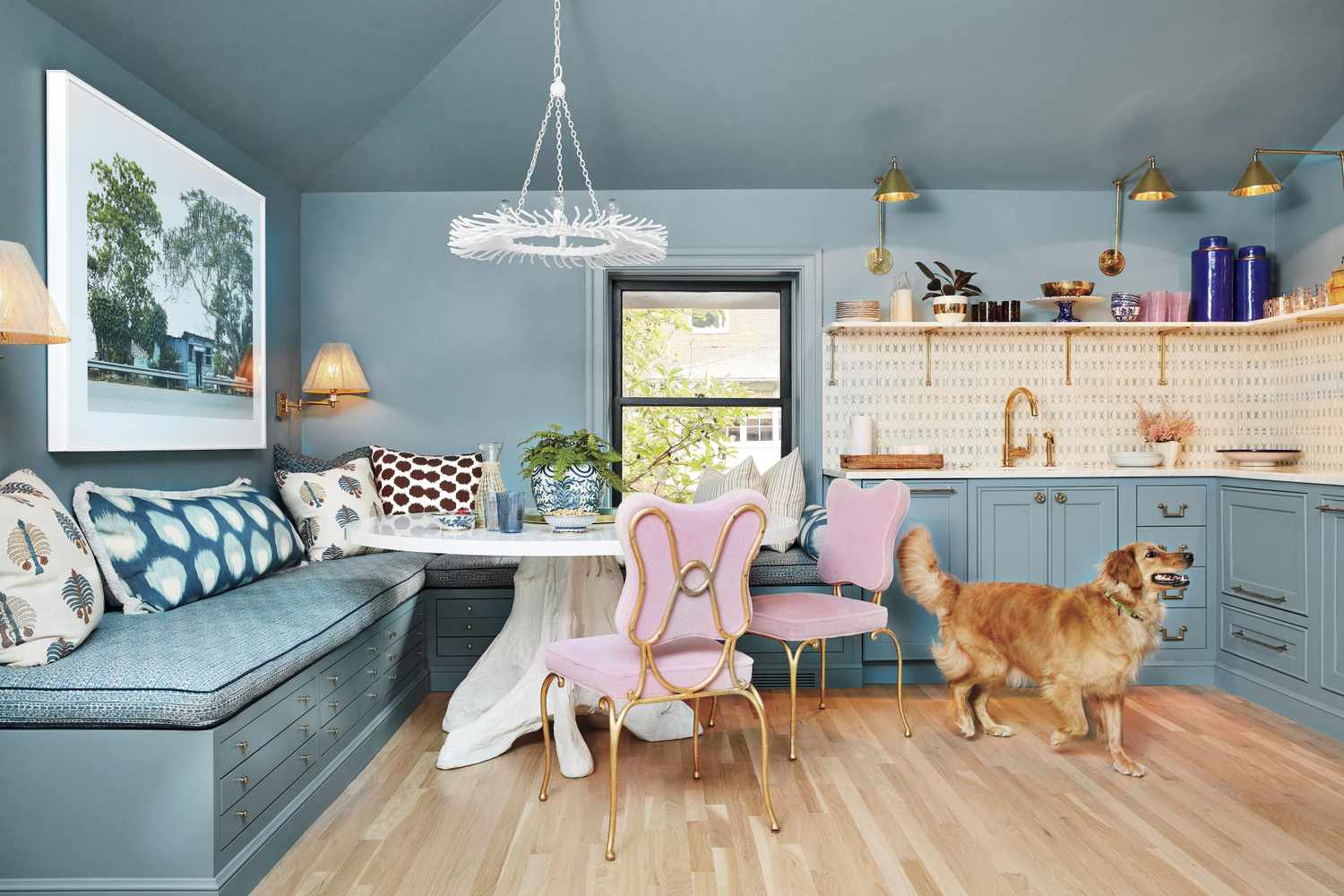
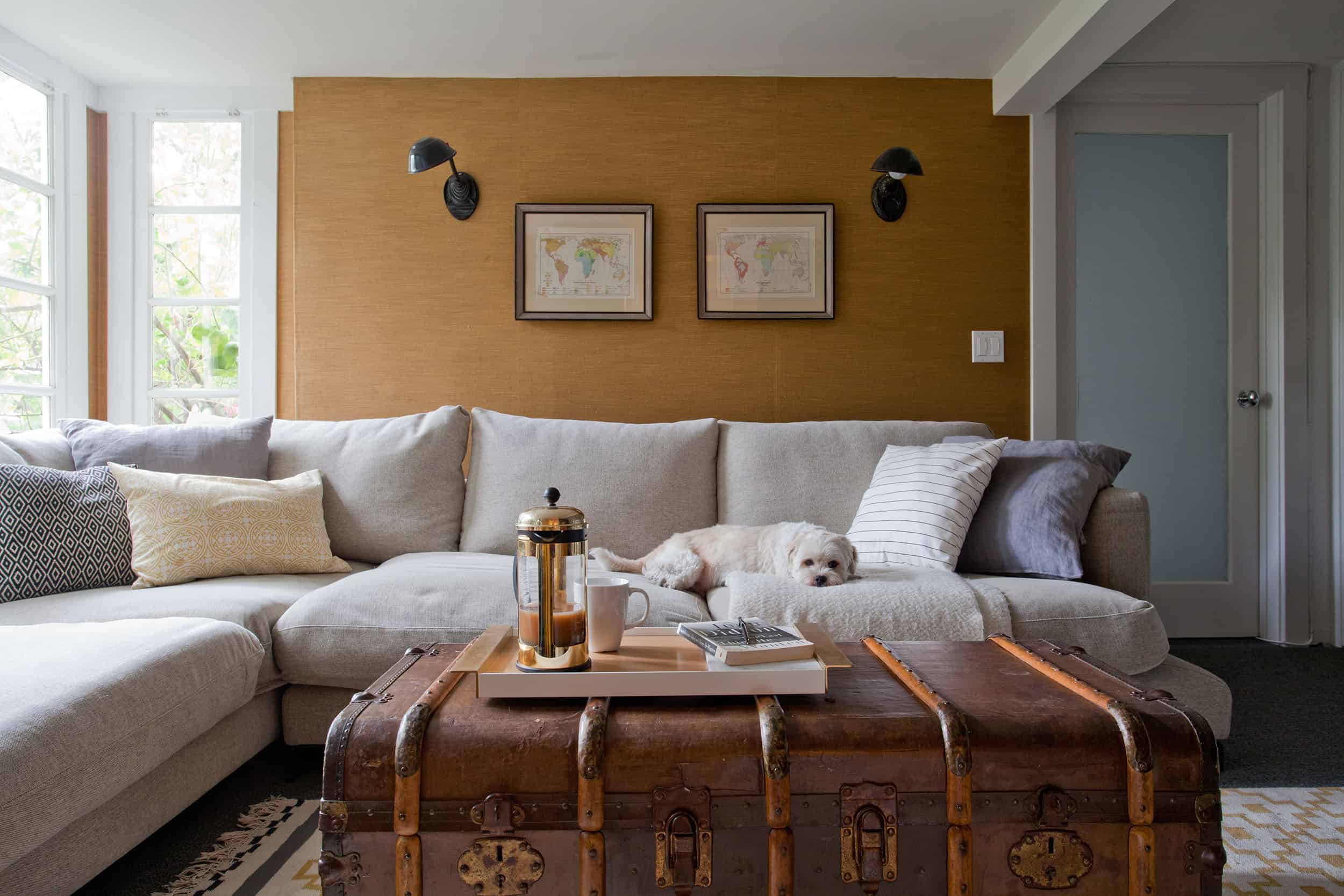
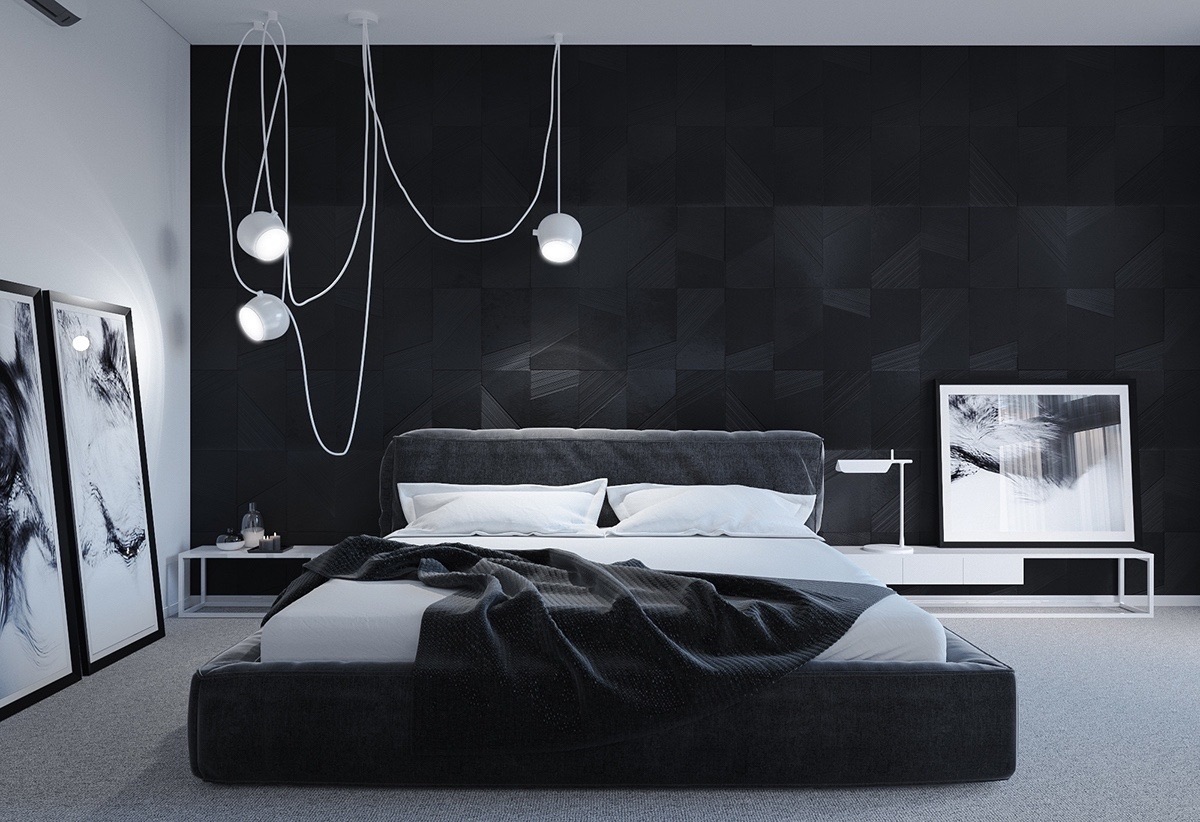

0 thoughts on “What Are The Best Dark Colors For Small Rooms? Expert Tips”